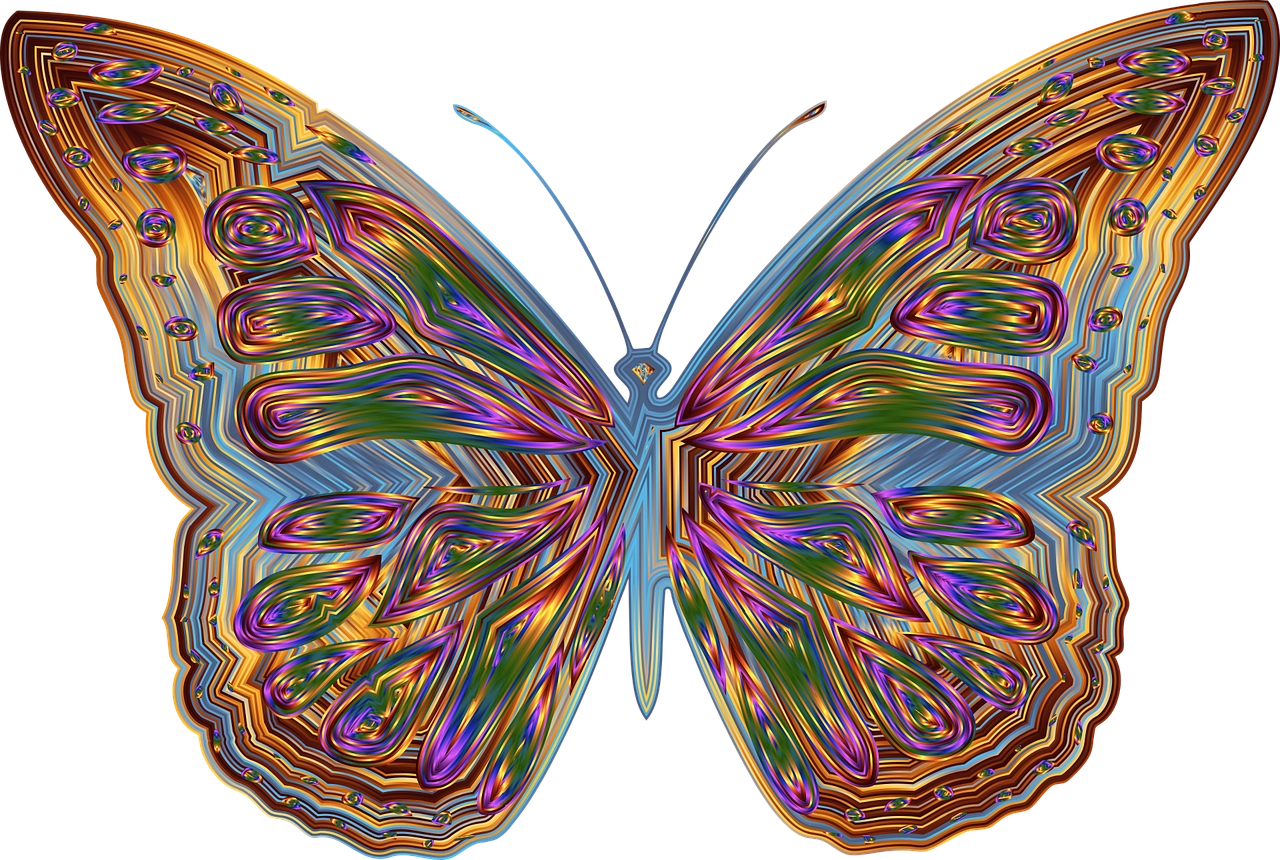How to Select the Right Art Medium for Your Style

Looking for more amazing products? Check out our online store and explore our collection here! Happy shopping!
Before diving in, please note: This post is for informational purposes only. If you’d like to know more about how we approach topics, feel free to check out our friendly Disclaimer Page.
Hey there, amazing readers! 
We’re committed to delivering quality posts, and your support (even just sticking around despite the ads) means everything to us. So, bear with us, and thanks for helping us keep the good vibes rolling. Now, on to the fun stuff!
TRANSLATE BUTTON AT THE END OF THE ARTICLE
Choosing the right art medium is like picking the perfect pair of shoes—it has to fit your style and needs.
Whether you’re a painter, drawer, sculptor, or mixed-media artist, the medium you choose will significantly impact your work.
It’s not just about the look, but also about how it interacts with your technique and expression.
Let’s dive into how you can select the right art medium to complement and enhance your unique artistic style.
Understanding Different Art Mediums
What is an Art Medium?
An art medium refers to the materials or tools used to create art.
Different mediums offer various effects and possibilities.
Understanding the basics can help you make an informed choice:
Painting Mediums: Includes oils, acrylics, watercolors, and more.
Each offers unique textures and finishes.
Drawing Mediums: Includes pencils, charcoal, pastels, and ink.
These mediums differ in texture and application.
Sculpting Mediums: Includes clay, metal, wood, and found objects.
Each medium offers different manipulative properties and finishes.
Mixed Media: Combines various mediums to create layered, textural effects.
Factors to Consider When Choosing a Medium
Selecting the right medium involves considering several factors:
Your Artistic Style: What kind of effect are you trying to achieve?
Realistic, abstract, or somewhere in between?
Technique: How does the medium interact with your technique?
Some mediums work better with certain methods.
Surface Compatibility: Does the medium work well with your chosen surface, whether it’s canvas, paper, or wood?
Popular Art Mediums and Their Uses
Painting Mediums
Oil Paints
Oil paints are known for their rich colors and blending capabilities.
They dry slowly, giving you more time to work and make adjustments.
They’re ideal for:
Detailed Work: Perfect for realistic and intricate details.
Layering: Great for building up layers of paint for depth and texture.
Acrylic Paints
Acrylics dry quickly and are versatile.
They can be used on various surfaces and can mimic the effects of oils or watercolors.
They’re ideal for:
Fast-Paced Work: Perfect if you need to complete work quickly.
Versatility: Works well with various surfaces and techniques.
Watercolors
Watercolors are known for their transparency and delicacy.
They’re great for creating:
Soft, Fluid Effects: Ideal for capturing light and atmosphere.
Layered Color: Works well for gradual color changes and blending.
Drawing Mediums
Graphite Pencils
Graphite pencils are versatile and available in various hardness levels.
They’re great for:
Detail Work: Ideal for fine lines and detailed shading.
Sketching: Perfect for initial sketches and detailed drawings.
Charcoal
Charcoal offers rich, deep blacks and is excellent for:
Bold Lines and Shading: Ideal for expressive, dramatic drawings.
Textural Effects: Great for adding texture and depth.
Pastels
Pastels provide vibrant colors and can be used for both drawing and painting.
They’re great for:
Vivid Colors: Perfect for creating bright, colorful artwork.
Blending: Works well for smooth transitions and blending.
Sculpting Mediums
Clay
Clay is versatile and can be sculpted into various shapes.
It’s ideal for:
Detailed Sculptures: Perfect for creating intricate designs and details.
Textural Variations: Offers different textures depending on the type of clay.
Metal
Metal is durable and can be shaped and welded into various forms.
It’s great for:
Durable Sculptures: Ideal for outdoor or long-lasting sculptures.
Industrial Look: Perfect for modern or abstract sculptures.
Matching Mediums to Artistic Styles
Realistic Art
If you’re focused on realistic art, you’ll want a medium that allows for fine details and accurate color representation:
Oil Paints: Excellent for detailed work and depth.
Graphite Pencils: Ideal for precise lines and shading.
Abstract Art
For abstract art, look for mediums that offer flexibility and vibrant effects:
Acrylic Paints: Versatile and can be used in various techniques.
Pastels: Provide rich colors and are great for expressive work.
Mixed Media
If you enjoy combining different elements, mixed media can offer endless possibilities:
Combination of Mediums: Use acrylics, pastels, and found objects to create layered effects.
Experimentation: Don’t be afraid to mix and match mediums to find what works best for your style.
Tips for Selecting the Right Medium
Experiment and Explore
One of the best ways to find the right medium is to experiment.
Try different materials and techniques to see what feels right for you.
Visit art supply stores and pick up a few samples to test out.
Consider Your Workspace
Think about where you’ll be working.
Some mediums, like oils, require good ventilation, while others, like watercolors, are more flexible in terms of workspace.
Listen to Your Intuition
Ultimately, your artistic intuition is a valuable guide.
Choose a medium that excites you and feels right for your artistic process.
Conclusion
Selecting the right art medium is a journey of exploration and discovery.
By understanding the various mediums and how they align with your style and technique, you can enhance your creative process and achieve stunning results.
Remember, the best medium is the one that allows you to express your vision and brings your art to life.
Happy creating!

The Enlightenment Journey is a remarkable collection of writings authored by a distinguished group of experts in the fields of spirituality, new age, and esoteric knowledge.
This anthology features a diverse assembly of well-experienced authors who bring their profound insights and credible perspectives to the forefront.
Each contributor possesses a wealth of knowledge and wisdom, making them authorities in their respective domains.
Together, they offer readers a transformative journey into the realms of spiritual growth, self-discovery, and esoteric enlightenment.
The Enlightenment Journey is a testament to the collective expertise of these luminaries, providing readers with a rich tapestry of ideas and information to illuminate their spiritual path.
Our Diverse Expertise
While our primary focus is on spirituality and esotericism, we are equally passionate about exploring a wide range of other topics and niches 

To ensure we provide the most accurate and valuable insights, we collaborate with trusted experts in their respective domains 
Our blog originally focused on spirituality and metaphysics, but we’ve since expanded to cover a wide range of niches. Don’t worry—we continue to publish a lot of articles on spirituality! Frequently visit our blog to explore our diverse content and stay tuned for more insightful reads.
Hey there, amazing reader! 
Check out our store here and take a peek at some of our featured products below! Thanks for being awesome!











